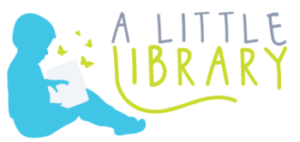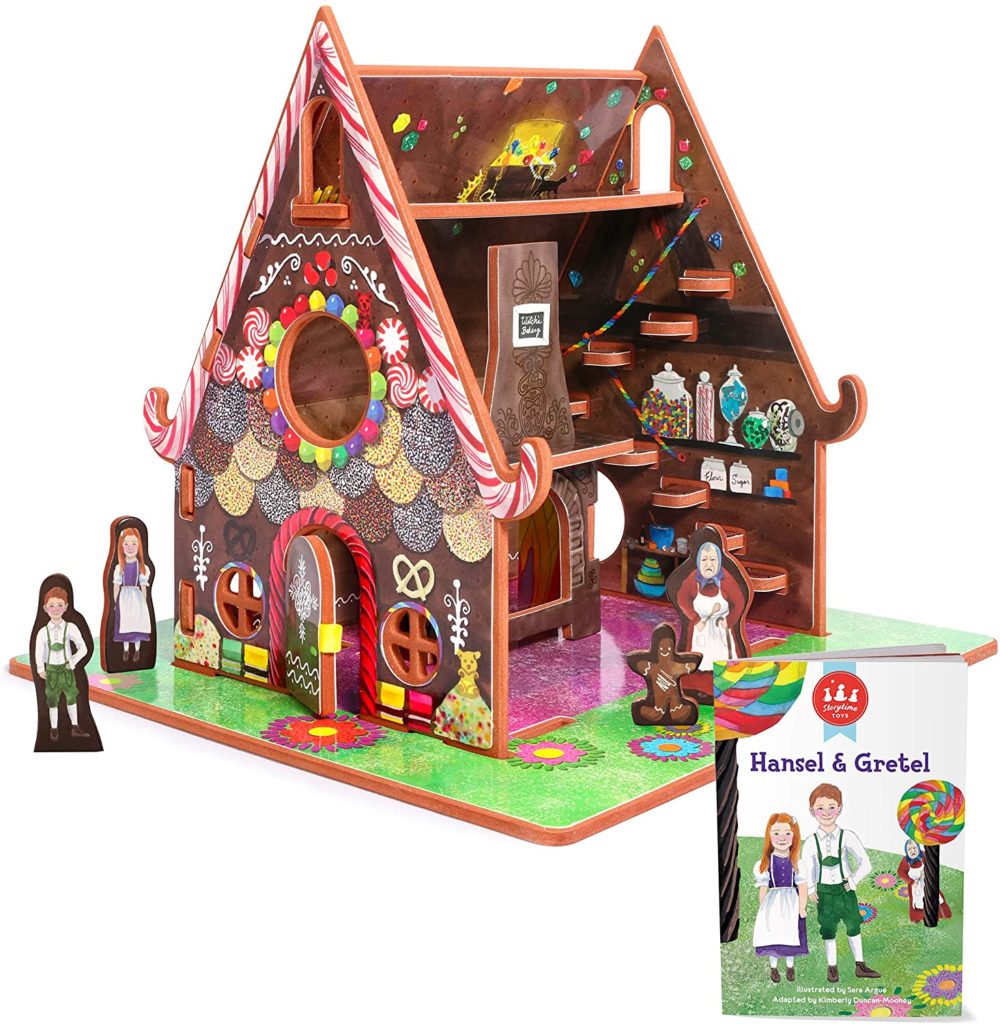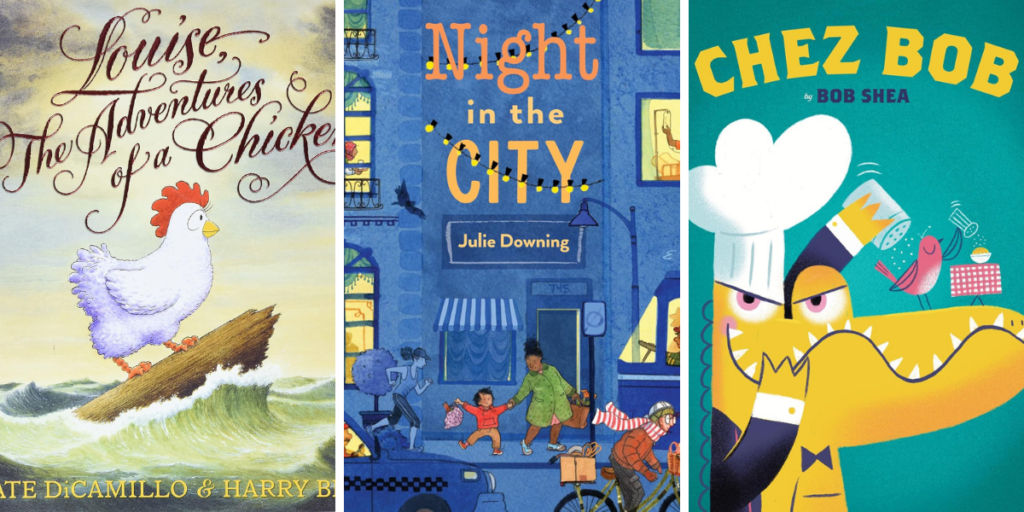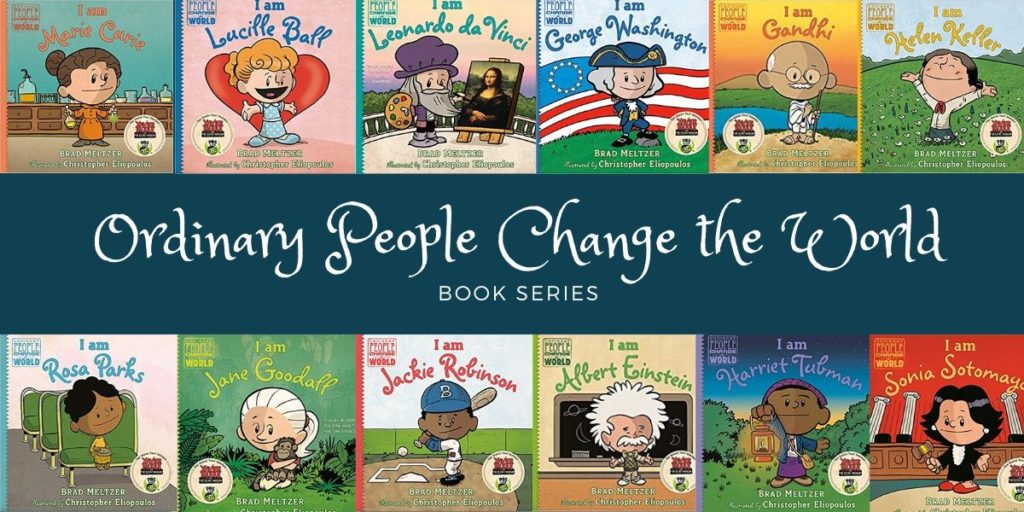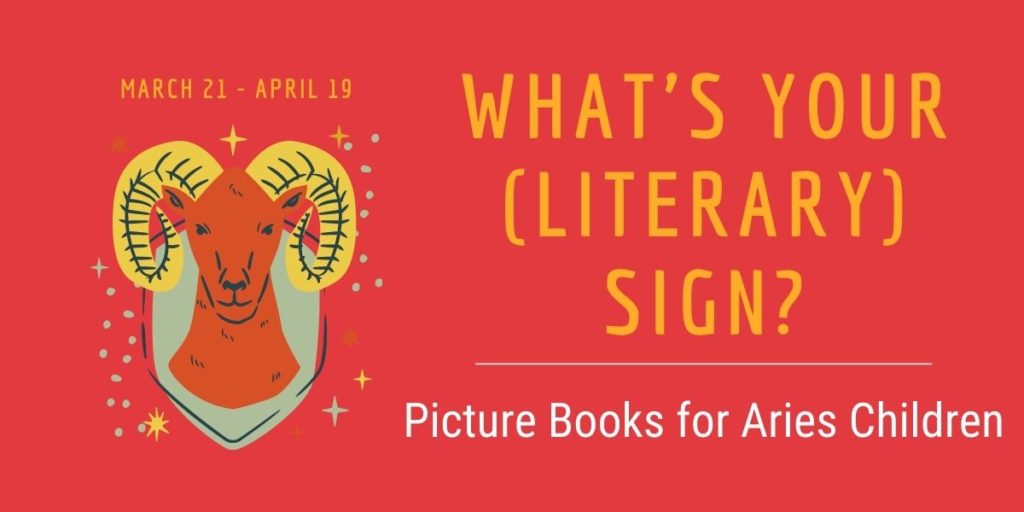What is a Fairy-Tale?
What is a fairy-tale? Why are they so entrenched in our culture, and in cultures around the world? And why might some parents hesitate to read them to their children? I’ve been delving deep into fairy-tales lately, and the deeper I go, the more complicated it gets.
According to Merriam-Webster, a fairy-tale is
“a story (as for children) involving fantastic forces and beings (such as fairies, wizards, and goblins).”
It is a story of good and evil, a prompt to moral thinking, a glimpse into the dark side of life as well as the ways out of the dark. The fairy tales we tell to children now are usually less dark than the ones Charles Perrault, the Brothers Grimm, and Hans Christian Anderson wrote – and by all accounts these authors drew on stories written or told for adults rather than children, with even more grisly and frightening elements.
The fact that these stories have been told and retold for hundreds of years speaks to something elemental to us and our understanding of the world. The archetypes in the stories – dark forests, kings and queens, tricksters, innocent children, evil stepmothers, fairy godmothers, wicked wolves, bewitched princes – all speak to different elements of life. A fairy-tale depicts conflict of good and evil, the ways good might triumph, how hope and wits and skill can change a dire situation for the better.
So how are fairy-tales good for children?
“Once upon a time” provides a springboard into the realm of imagination, a world of make-believe where they can become the powerful king or the clever wizard, the wicked witch or the huntsman who saves the princess. Fairy-tales have problems and solutions to be solved with magic and ingenuity, and they reflect the real world. Much as we would like it not to be so, the world can be a scary place, with dark woods and malevolent forces.
The exploration of such a world in a story provides lessons and context for real life. The gingerbread man runs from the fox, taunting and teasing him, “You can’t catch me, I’m the gingerbread man!” Through a slip of fate, the fox does catch him and gobbles him up. Lesson – hubris may set you up for a fall!
As a child my sister and I played endless games with paper dolls and cardboard houses, retelling Hansel and Gretel, Cinderella, and Sleeping Beauty. Storytime Toys makes a very popular game for pretend play along these lines, and at preschool I’ve seen the felt story boards that were always in demand.
What are the things to be mindful of when reading fairy tales to children?
As always, choose appropriately for the age of the child. A three-year-old needs a simple tale with order and repetition, like Goldilocks and the Three Bears, The Turnip, and The Gingerbread Man, not overtly scary.
By four or five, children enjoy the Billy Goats Gruff, The Three Little Pigs, or The Shoemaker and the Elves has a bit more complexity and evidence of problem-solving.
By elementary age, most children can dive into the more challenging tales of sorcery and wickedness like Snow White, Sleeping Beauty, Cinderella, Little Red Riding Hood, Hansel and Gretel, Rumpelstiltskin, and Jack and the Beanstalk. Many of these are known to children at an earlier age through the Disney movie versions, of course.
Tell the story without too much scary embellishment
Many fairy-tales depict grisly scenarios, and we don’t need to terrify our child by acting out gory details. Read the story calmly and evenly, and the children will absorb what they need.
I like to tell the story without imposing explanations, highlighting moral issues, judging characters, or telling the child what to conclude from the story. Fairy-tales insinuate themselves inside the psyche, and are understood differently by each person. Try reading one at night before you go to bed, and see what kinds of dreams emerge as the archetypes work on you!
The Best Fairy-Tale Anthologies
Here are some of the many anthologies of fairy tales that we have enjoyed. I can’t begin to say which is best, for it depends on the version of the story you liked best when YOU were a child.
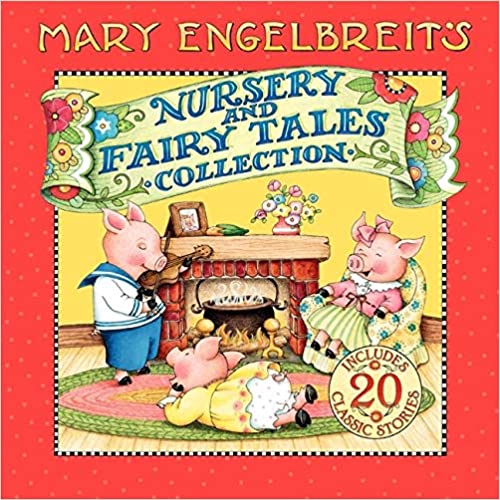
For the youngest, I like Mary Engelbreit’s Nursery and Fairy Tales Collection, with short stories and her characteristic colorful and detailed illustrations.
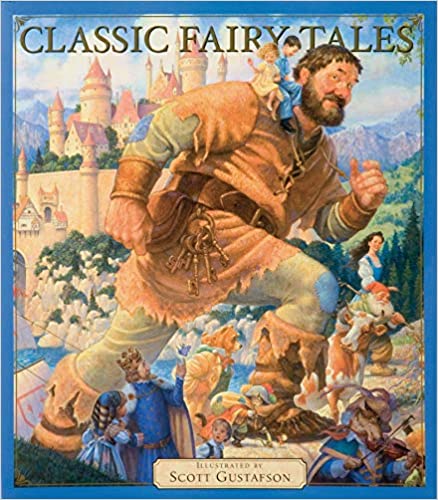
Scott Gustafson has gorgeous acrylic and oil illustrations of ten of the most popular tales in Classic Fairy Tales.
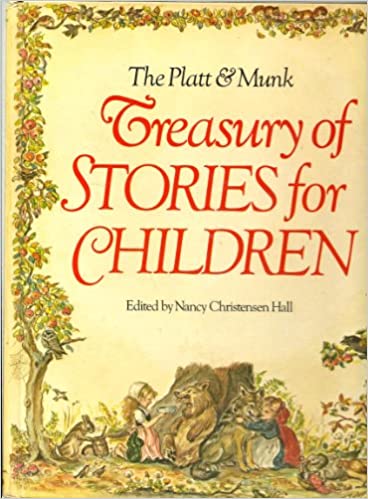
The Platt and Munk Treasury of Stories for Children, edited by Nancy Christensen Hall and illustrated by Tasha Tudor, is a favorite.
As children grow older and can explore the world of fairy tale for themselves, they will find anthologies by Han Christian Anderson, the Grimm’s Brothers, and Charles Perrault. Andrew Lang and Leonore Blanche Alleyne’s Fairy Tale Collections (12 Volume Set, 1965-1968) are drawn from many countries, translated and retold. These twelve books are named by color, and were favorites when I was a child.

Fairy tales have impossible plots to capture the imagination, problems to solve, romance, endless character archetypes to explore, and a wealth of human experience to mine in children’s quest to make sense of their world. They can be scary; yes, and indeed the world can be scary. They can be limiting in their view of gender roles, and indeed, our culture is as well. It will be interesting to see new versions of fairy tales with different depictions of the archetypes to explore.
ALA Notable Children’s Recordings
2024 Best Audiobooks for Children One of my favorite lists is coming out soon –…
Ordinary People Change the World: Book Series Review
Ah ah ah! I have a new favorite book series. I stumbled across it while…
Books for Aries Children
What’s Your (Literary) Sign? Aries: March 21-April 19 Can the stars determine the personality and…
